Hello! Can you tell us about yourself? I’m Nicola, owner of Nicola Holden Designs, a…
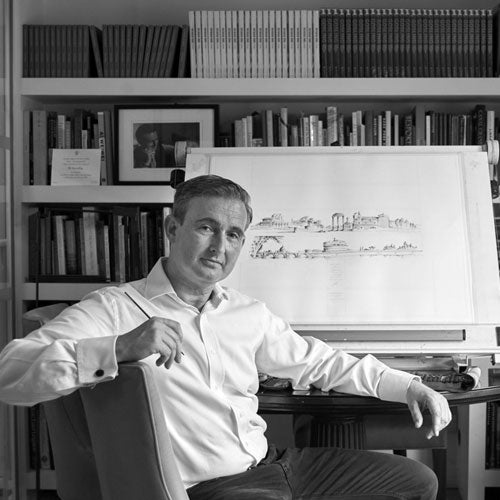
Interview with Tim Gosling – Founder Of Gosling
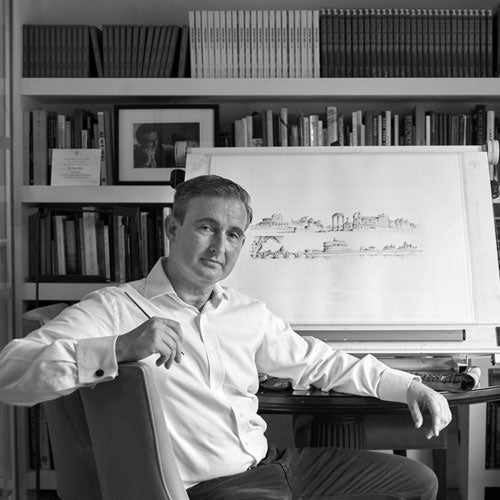
Hello! Can you tell us about yourself?
My name is Tim Gosling and I have been designing furniture for most of my life. I trained as a theatre designer and migrated to the world of wood when I became business partners with David Linley in the early 1990’s. I worked with David for over 18 years before setting up Gosling fourteen years ago. I set up Gosling so I could explore designing not only furniture, but the interior space of an entire house. It’s been extraordinary to watch how designing houses and bespoke pieces all over the world has now expanded into the world of super yachts.
What’s your backstory and what attracted you to design?
I have always loved design and drawing, which for me are two parts of the same process. My love for drawing started at the age of 8 and even now I still use pencils every day. Infact, I’ve just finished holding a series of drawing masterclasses, teaching clients and designers how to sketch and the vast difference in the pencils you can choose to use. My training as a theatre designer has given me the ability to create anything I put my hand to. To create theatre you have to learn so many disciplines, from lighting, costume, colour, furniture, rooms sets – making and distilling down the pure essence of a period. It really was a great base to start from. I cannot imagine my life without design, everything I surround myself with I have considered and chosen to either design or buy. I designed the bed I sleep in, which I love!
What do you love most about designing?
Where do I start? I love everything about designing; problem solving, being able to create things that are one off, bespoke, and something NO one else has in their homes – even the furniture I create for clients I never replicate; it should be unique to them. That is what they love about Gosling.
Who, for you, has been the most influential designer/designers?
Historic designers have had a great impact on me – Inigo Jones. our first classical architect in this country really gets me excited … the Banqueting House still takes my breath away every time I walk in – staggering to believe it was built between 1619 – 1622. Remarkable.
Andre Arbus, a French 1930’s furniture designer has had a great influence on my work, as has Jean Michel Frank, who pioneered the use of contemporary straw work, the use of creating marquetry with cut and dyed straw.
https://en.wikipedia.org/wiki/Banqueting_House,_Whitehall
Where/how do you find inspiration for new designs?
I find inspiration from so many sources – from visiting museums, theatres, galleries, and my extensive library. I am also inspired by my clients, many of whom are shaping the world we live in. I love pushing the boundaries of design and the materials we use. Researching and finding a new technique for doing something traditional is very exciting.
Describe your approach to functionality v aesthetics.
Everything I design has to be functional, it has to have a purpose and meaning, BUT, that doesn’t mean it has to look utilitarian or bland. I wholeheartedly believe in the beauty of objects; form follows function and vice versa but it is a constant and interactive dialogue. Using natural materials, like wood, straw, the features of animals like leather and vellum, gives you a sense of human sensibility. They get more and more beautiful with age as opposed to materials that degenerate over time.
Describe your approach to choosing/using colours.
I hold my hands up! I LOVE colour, it’s taken me most of my life to start to understand how to use it properly as colours change from country to country because of the light. How we interpret colours differently is also fascinating, how certain colours can immediately take us to an historic period without us being aware of – for example when they did the filming of Ben Hur they believed the colours that they used were actually the roman pallet of colours but when you look at the colours now you see they are so embedded in the 1960’s pallet.
Even Sir John Soane [ A Regency architect ] who painted his dining room at Lincoln’s Inn London red in the 1800’s believed it was ROMAN red, as he matched the sample of a piece of plaster fresco he stole from his visit to Pompeii to colour match it – it’s only now that we understand the heat of the volcano had darkened that red piece of plaster from the Pompeii site, so much that the Romans wouldn’t have recognised it as their own colour at all. We all see colour through the lens of the period we live in.
How are green awareness and the increasing popularity of eco-friendly products affecting the design process(now, and in the future)?
I firmly believe in making things that last for 300 years and not to live in a disposable society. I see so much confusion, and products all advertising to do things that they don’t really live up to in real life, and ultimately will become landfill!
Take us through your process of designing for a client.
I always say I design with and not for a client. I think it should be a two-way street. It is an exciting process, you learn together, not only learning the history of the building but of each other! The pieces you design together have a legacy which will continue long after we have moved on. The design process with the client always starts with a pencil and sketch pad. I have done this for so many years now that I can sketch upside down so clients can see it clearly.
What do you like to hear people say when they view your work?
So many people remark on the craftsmanship that we pride ourselves on. The materials are unique and the combination of materials and different craftsman skills in a piece can be breath-taking. My clients are so proud of the work we have created together, that they are the ones showing everyone what they are looking at and how it was created.
What is your all-time favourite design (yours)?
I have no favourite – they are all my children!
What is your all-time favourite design (someone else’s)?
My all-time favourite design has got to be a room by Colefax & Fowler, the yellow drawing room on Brook Street – the barrel ceiling – the colour and warmth, the painting hangs. It is utterly perfect.
Through real-life design projects, have you learned anything particularly helpful or advantageous?
Every day I learn something new. I spend a great deal of time in museums or talking to furniture restoration teams. I read so many books and I’m restoring a 57 room chateau in France for myself and my fiancé, which keeps me on my toes.
Advice for readers who want to redesign their homes/workplaces?
Don’t be scared of colour – it’s not for life, so try out things and if it doesn’t work choose a new colour. I laugh when I see people agonising for years about colour, and then they have the room painted – and that’s it for 15 years. I repaint my house and re-hang my art work every two years.
What interesting projects are you working on right now? And what does the future look like?
I’m working on two super yachts and writing my fourth book [and drawing for a 5th book]. I am designing a wonderful home in New York on the Hudson river, Chelsea area. I’ve also recently finished a house just outside New York, which took over three years to create. I always have projects on in London and I’m very involved with Boat International as a judge for the annual SuperYacht Design Awards.

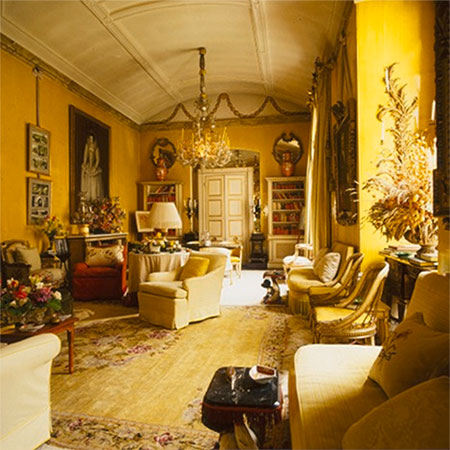
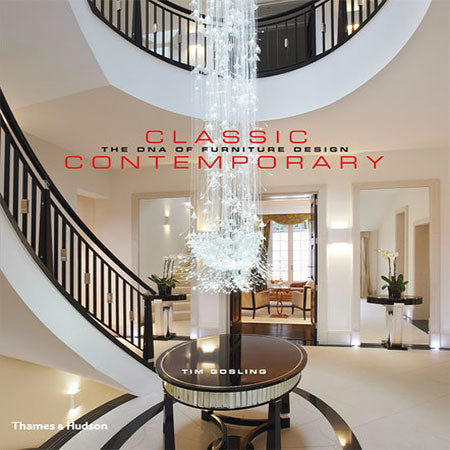
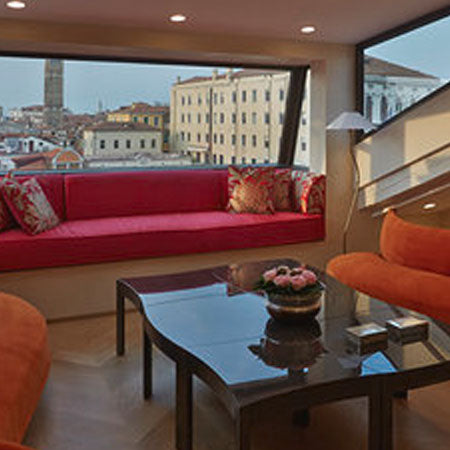
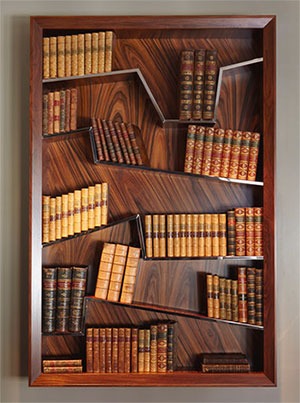
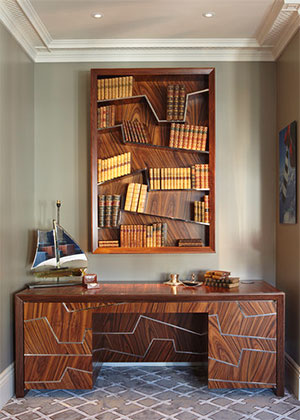
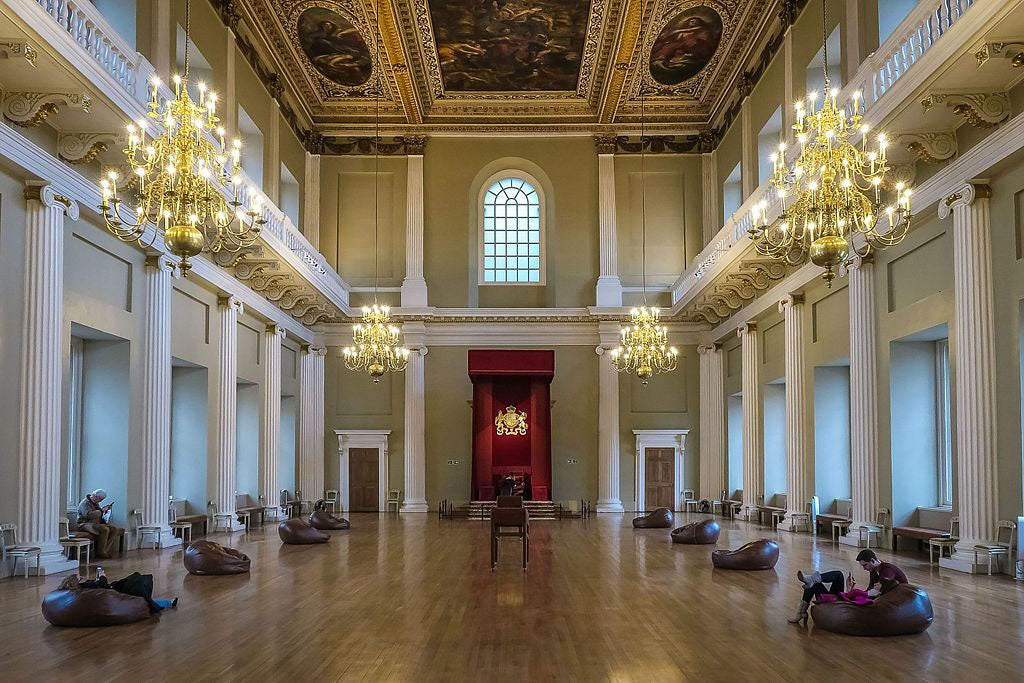
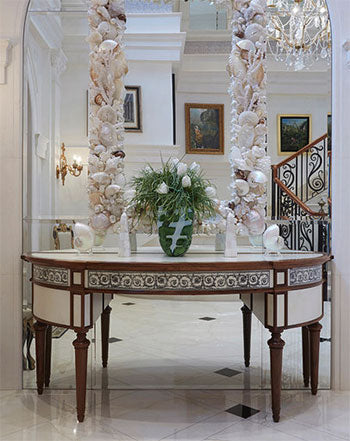
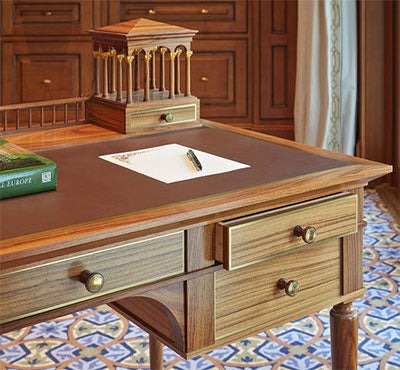
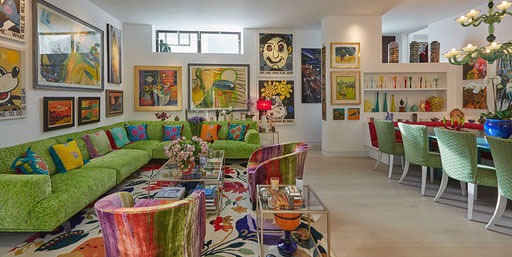
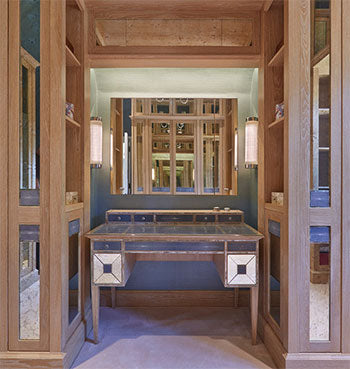
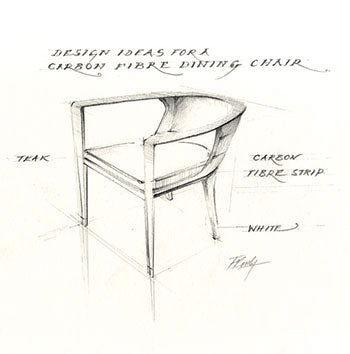
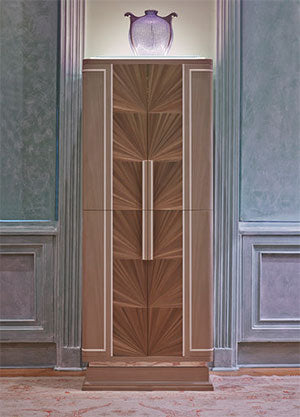
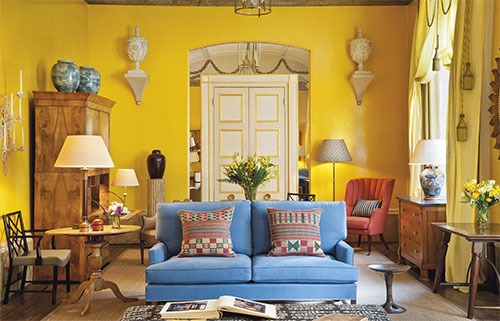
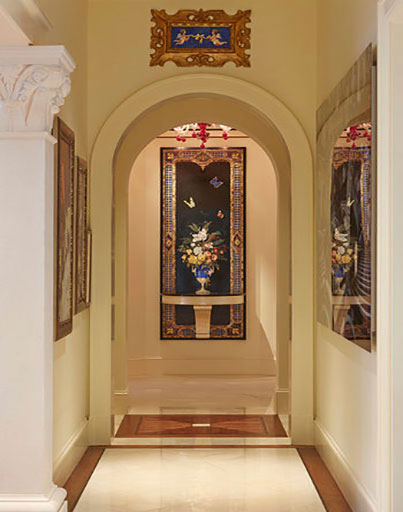


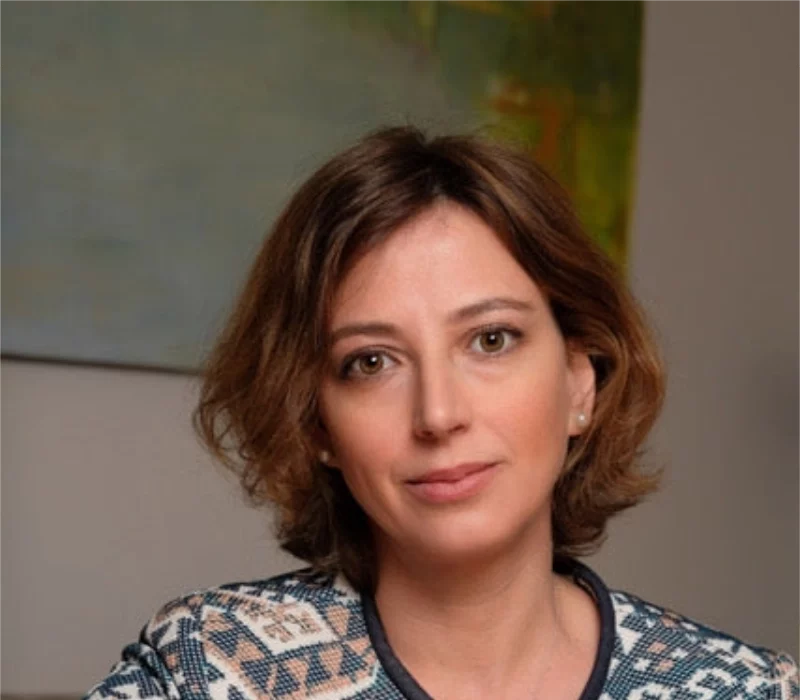




This Post Has 0 Comments